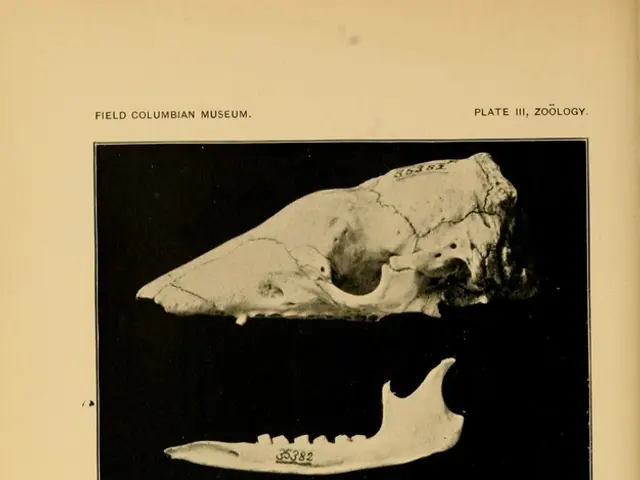Bile Duct Cancer Explanation, Including Liver and Other Associated Types
Bile duct cancer, also known as cholangiocarcinoma (CCA), is a relatively rare but aggressive type of cancer that affects the bile ducts. These thin tubes connect the liver to the small intestine, with their primary role being the passage of bile from the liver and gallbladder into the small intestine.
The exact cause of bile duct cancer is unknown, but researchers believe that there is a link between this cancer and factors that irritate and inflame the bile ducts. Certain factors can increase the risk of a person developing bile duct cancer, such as primary sclerosing cholangitis, chronic ulcerative colitis, Chinese liver fluke parasite infection, bile duct stones, cirrhosis, infection with the hepatitis B or hepatitis C virus, older age, having a high body mass index (BMI), a family history of bile duct cancer, diabetes, excessive alcohol consumption, and more.
Common symptoms of bile duct cancer include jaundice, dark-colored urine, clay-colored stool, abdominal pain, itchy skin, fever, nausea and vomiting, unexplained weight loss, and dark urine. These symptoms arise mostly due to bile duct obstruction and associated inflammation or infection.
Jaundice occurs because the cancer blocks normal bile flow, leading to bile buildup in the bloodstream. Clay-colored stool results from a lack of bile pigment reaching the intestines. Fever and chills may indicate infection secondary to the bile duct blockage, while weight loss and general malaise can accompany cancer progression.
A doctor will likely begin the diagnostic process by taking a medical history, asking about symptoms, performing a physical exam, and requesting blood tests and imaging tests for a more accurate diagnosis. Blood tests may include liver function tests and tumor marker tests like carcinoembryonic antigen (CEA) and CA 19-9. Imaging tests may include ultrasound, CT scan, MRI, PET scan, X-rays, and magnetic resonance cholangiopancreatography (MRCP). Biopsy samples for bile duct cancer may be taken through laparoscopy, percutaneous transhepatic cholangiography (PTC), endoscopic retrograde cholangiopancreatography (ERCP), or endoscopic ultrasound (EUS).
Treatment for bile duct cancer depends on the stage and location of the cancer. Surgical options for resectable bile duct cancer include removal of the bile duct, partial hepatectomy, and the Whipple procedure. Radiation therapy and chemotherapy are common treatments, with chemotherapy drug combinations including gemcitabine and cisplatin, capecitabine and oxaliplatin, and gemcitabine and oxaliplatin. A liver transplant may be a treatment option for people with perihilar bile duct cancer.
Researchers are investigating targeted drug therapy such as FGFR2 inhibitors and immunotherapy as potential treatments for bile duct cancer. Early detection and effective treatment give people the best chance of a positive outcome for bile duct cancer. It's important to note that these symptoms are not exclusive to bile duct cancer and can occur in other bile or liver diseases, so medical evaluation is necessary if they appear.
[1] Mayo Clinic. (2021). Cholangiocarcinoma. Retrieved from https://www.mayoclinic.org/diseases-conditions/cholangiocarcinoma/symptoms-causes/syc-20357222 [4] American Cancer Society. (2021). Cholangiocarcinoma. Retrieved from https://www.cancer.org/cancer/cholangiocarcinoma.html
- Scientists are studying the connections between various medical conditions and the development of both bile duct cancer (cholangiocarcinoma) and liver cancer, as factors such as inflammation of the bile ducts and viral infections like hepatitis B and C can increase the risk.
- In the realm of health and wellness, it's crucial to understand the symptoms of bile duct cancer, which can involve jaundice, dark-colored urine, clay-colored stool, and other signs, to ensure early detection and potentially improve treatment outcomes.
- Science continues to advance our understanding of cancer, and promising treatments like targeted drug therapy and immunotherapy may provide new hope for those facing bile duct cancer or liver duct cancer, leading to improved health and wellness for affected individuals.




